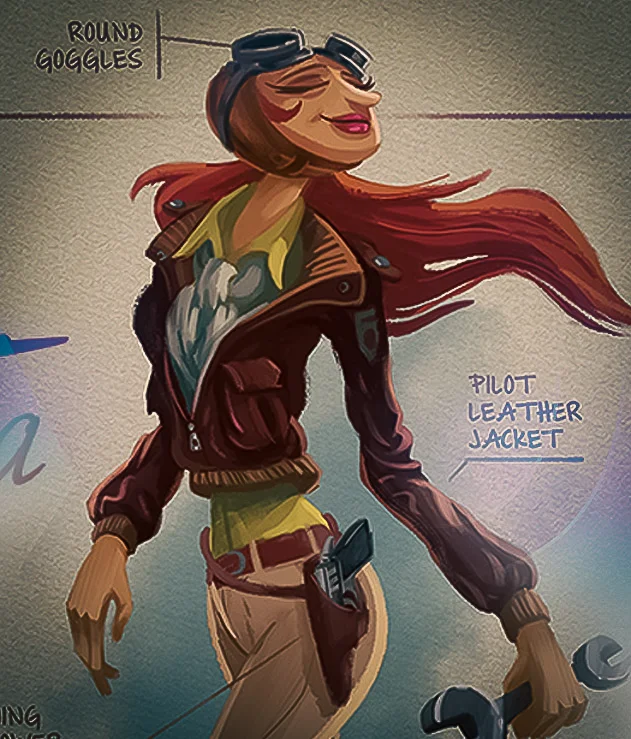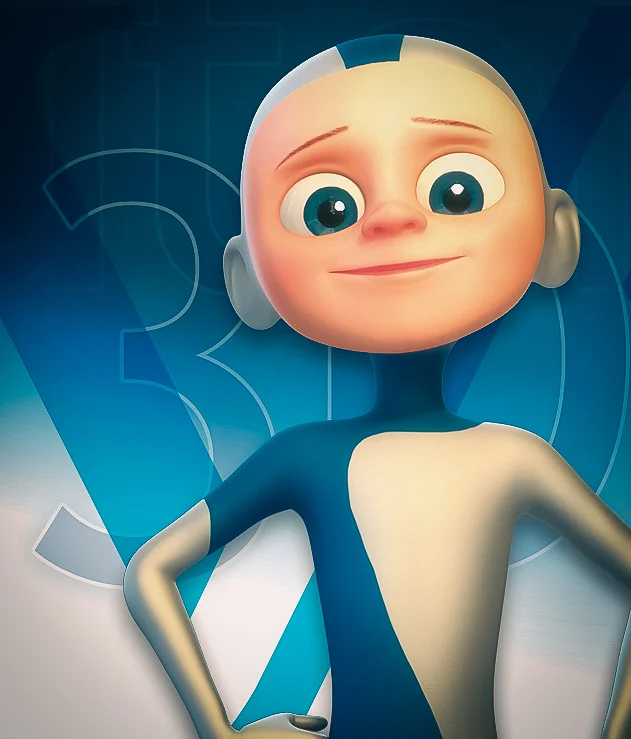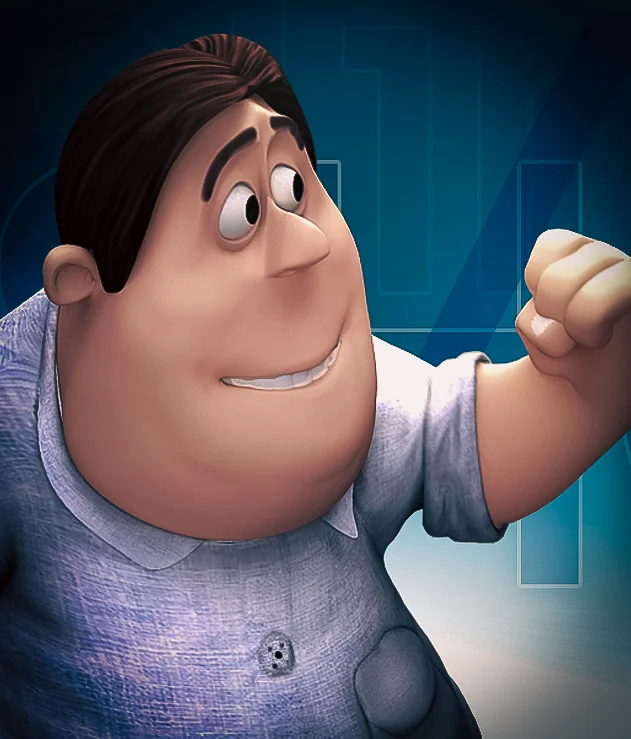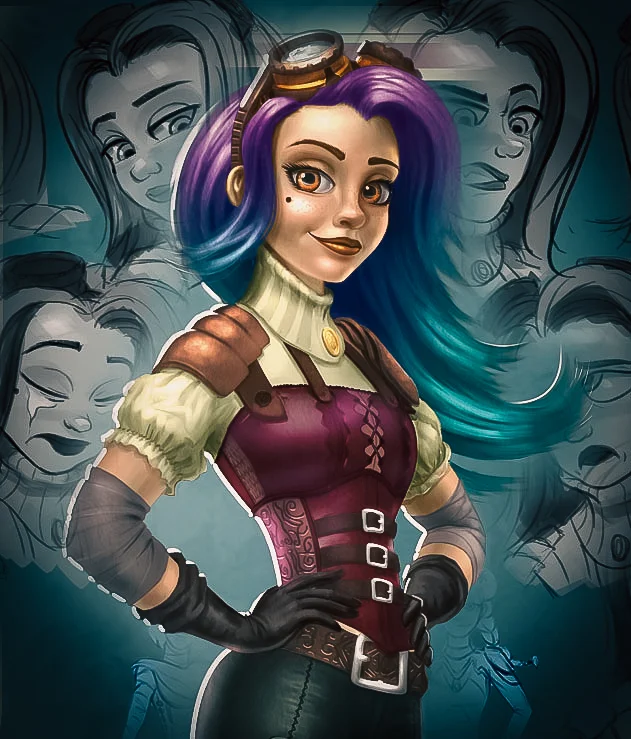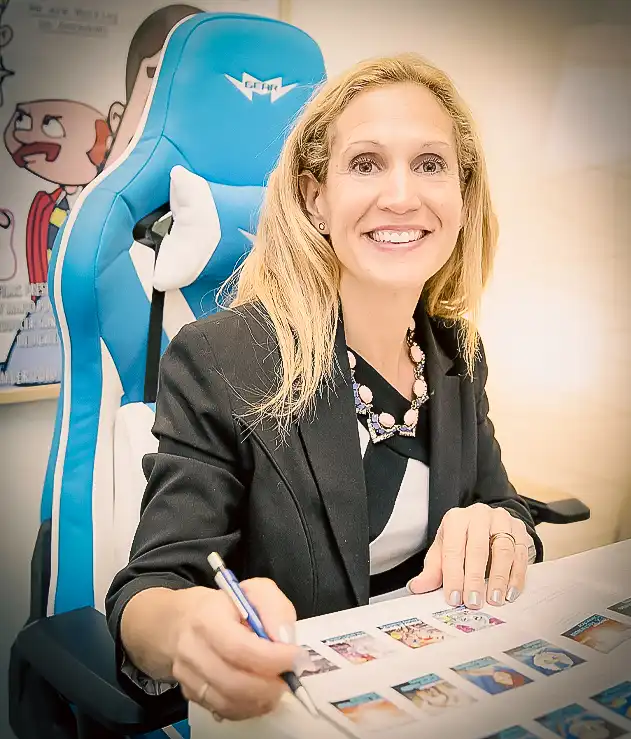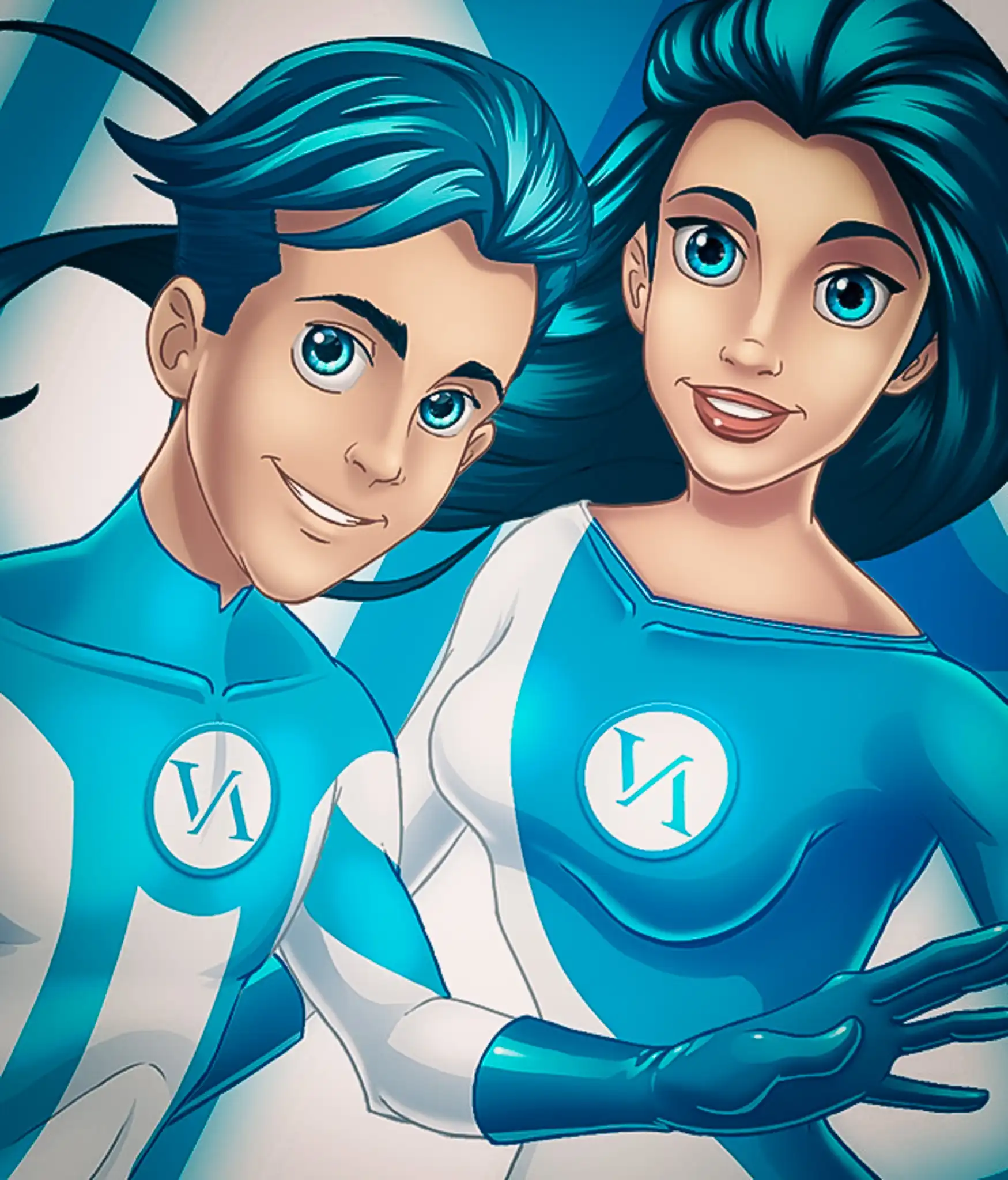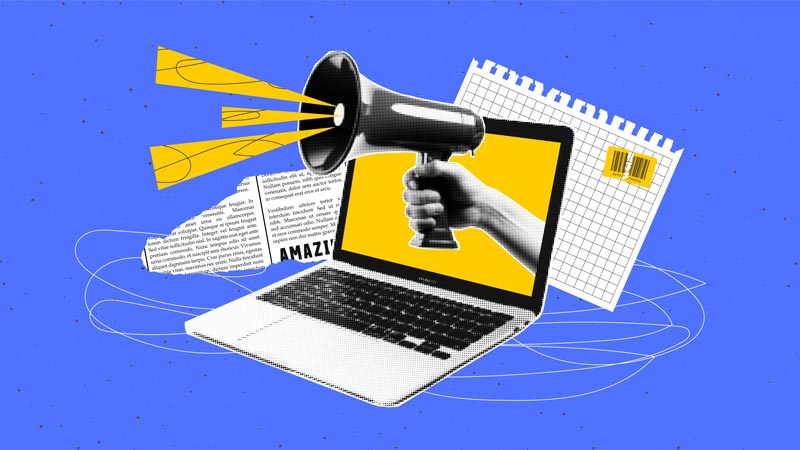 Image: Alina Kolyuka (Motion Array)
Image: Alina Kolyuka (Motion Array)
Author: VANAS Team
How Indie Game Developers Can Integrate Marketing into Their Game
Table of Contents
- Start with Marketing, Not After
- Build a Community Around Your Game
- Speak the Language of Your Players
- Learn from Feedback—Then Use It
- Create Shareable Moments in Your Game
- The Power of Storytelling in Game Marketing
- Leverage Platforms That Fit Your Game
- Develop a Press Kit Early
- The Role of Animation in Indie Game Marketing
- Frequently Asked Questions
Start with Marketing, Not After
Marketing is not something you slap on at the end of your indie game project like a sticker. It's something that should be built into your game from day one. As early as your first concept sketches or animation tests, you should already be thinking: “How will I tell the world about this?”
Too many developers make the mistake of waiting until their game is 90% done before they start thinking about how to reach players. By then, it's often too late. You’ve already missed the opportunity to build hype, grow a following, or even learn what people want.
"Marketing is the price you pay for being seen in a world full of distractions."
For high school students dreaming of becoming game creators, this means that every part of your project—including the way it looks, plays, and sounds—should be designed with the player and the future player in mind. That’s smart game development.
Build a Community Around Your Game
Talking to players early and often is crucial. Share your game idea on forums like Reddit, Itch.io, Discord, and Twitter. Ask people what they think. You'll learn a lot—and fast.
Here’s how you can start building a community:
- Post your concept art or early animation tests online
- Share progress updates weekly or monthly
- Host polls to ask what kind of characters or weapons players like
- Create a small beta and invite players to test it
This does more than gather feedback—it creates believers in your game. People who have been following your journey from the start are much more likely to support your game when it's done, whether that’s by buying it, streaming it, or sharing it with friends.
VANAS Online Animation School offers Animation, Visual Effects, and Video Game programs. To launch your career, visit https://www.vanas.ca
Speak the Language of Your Players
It might sound strange, but your audience has a language. It's in the way they joke, the memes they share, the types of games they already love. Smart developers not only listen to their audience—they speak their language.
For example:
- If you're creating a pixel art RPG and your fans love retro vibes, use that tone in your tweets.
- If your game has quirky humor, mirror that in your trailers and website.
- Pay attention to what slang, emojis, or phrases your community uses—and reflect that in your UI text or dialog.
Doing this helps players feel like the game was made for them. And when it comes to animation, this is extra important. Animation styles can immediately send a message about who your game is for.
Learn from Feedback—Then Use It
Don’t just collect feedback for the sake of it—actually use it.
If players say the controls feel slow, tweak them. If your animation is too stiff, rework it. If people keep mentioning they love one specific character, maybe they should get a bigger role.
“Your first idea might be cool—but your 10th version, shaped by community input, will be amazing.”
Some indie developers are afraid that if they change things too much, they’ll lose the vision of their game. But you’re not losing control—you’re learning what parts of your vision connect. And that’s powerful.
Create Shareable Moments in Your Game
Every player is also a marketer—if you give them something worth sharing.
Build in moments that people want to post about. These could be:
- Hilarious bugs or unexpected animations
- Intense boss fights
- Heartwarming or hilarious dialog
- A beautiful sunset in your game’s world
These moments don’t happen by accident. You have to plan for them. Add a photo mode or a share button. Add small Easter eggs that players feel clever for discovering. If you make something fun to talk about, people will do your marketing for you.
The Power of Storytelling in Game Marketing
Your game doesn’t just need a story—it is a story.
From your first blog post to your final trailer, you’re telling the story of how this game came to life. And players love stories like that. They want to know:
- Why did you make this game?
- What inspired the characters and the animation style?
- What problems did you face along the way?
When you tell this story through your marketing—your social media posts, your Kickstarter page, your YouTube devlogs—it becomes part of the game’s identity. And it’s what turns followers into superfans.
Leverage Platforms That Fit Your Game
Not every game needs to be on every platform. Find the one that works for your genre and audience.
Some examples:
- TikTok is great for short gameplay clips, animation behind-the-scenes, and trending audio
- Twitter (X) works well for fast updates, screenshots, and developer threads
- YouTube is perfect for devlogs, cinematic trailers, and behind-the-scenes animation features
- Discord lets you build a close-knit community who can test your game and hang out with you
Use tools like linktrees or your own website to connect everything. And don’t forget a mailing list—it’s still one of the most effective ways to launch your game.
Develop a Press Kit Early
Even if your game is only 30% done, start building your press kit. Journalists, influencers, and streamers love having clean, professional assets they can use.
Your press kit should include:
- A short description of your game
- High-resolution screenshots
- GIFs or short videos of gameplay and animation
- Developer bio and contact info
- Logo and key art
This makes it easy for others to talk about your game—and for you to look serious and ready, even if you’re just a student making your first big project.
The Role of Animation in Indie Game Marketing
Animation is more than just movement—it's an emotional hook. It makes characters feel alive, worlds feel immersive, and gameplay feel satisfying. In marketing, it becomes your secret weapon.
With great animation, you can:
- Create trailers that wow viewers in 30 seconds
- Make GIFs that loop perfectly for social media
- Tell micro-stories that make your world feel rich
- Make characters iconic and instantly recognizable
Remember: people may not remember the game mechanics, but they’ll remember the bouncing walk cycle of your main hero—or the way a villain’s shadow stretches before a fight.
If you want to master animation and create games that stand out, VANAS Online Animation School offers Animation, Visual Effects, and Video Game programs. To launch your career, visit https://www.vanas.ca
Frequently Asked Questions
What’s the biggest mistake indie developers make when it comes to marketing?
- Waiting until the game is nearly finished before thinking about marketing.
How early should you start talking to your audience?
- As early as possible—even during concept or prototyping.
Do I need a big budget to market my indie game?
- No. Many successful games used low-budget tactics like devlogs, Twitter posts, Discord groups, and clever use of animation clips to gain attention.
How does animation help in marketing a game?
- Animation grabs attention, tells emotion-rich stories, and makes shareable content that works great in trailers, GIFs, and social media posts.
What’s one quick tip for making a game more shareable?
- Include a screenshot button or photo mode so players can post cool or funny moments online.
Where can I learn to improve my animation and game dev skills?
- VANAS Online Animation School offers Animation, Visual Effects, and Video Game programs to help you launch your creative career.

